Thermofluid for Transport Laboratory
Research at the Thermofluid for Transport (TFT) laboratory focuses on the application of thermodynamics and fluid dynamics to complex flows encountered in aeronautic and terrestrial transport technologies.
It notably addresses the following interconnected thematics: external and internal aerodynamics, flow properties (stability, transition, turbulence), the characterization of reactive flows, the analysis of the combustion of fossil and alternative fuels, the modeling of aeronautical icing phenomena and the aerodynamic design of non-conventional aircraft.
A few key figures
- 6 professors from ÉTS and 1 associate professor (Technische Universität Berlin)
- 2 industrial research chairs
- Over $10 million in grants and research contracts over the past 5 years
- More than 50 graduate students (MSc and PhD) over the past 3 years
- Nearly 70 peer-reviewed journal articles and around 60 conference proceedings over the past 3 years
- More than thirty academic and industrial partners in Canada and around the world.
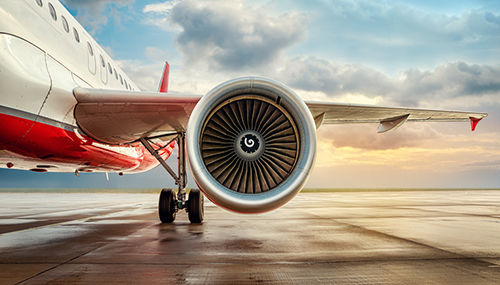
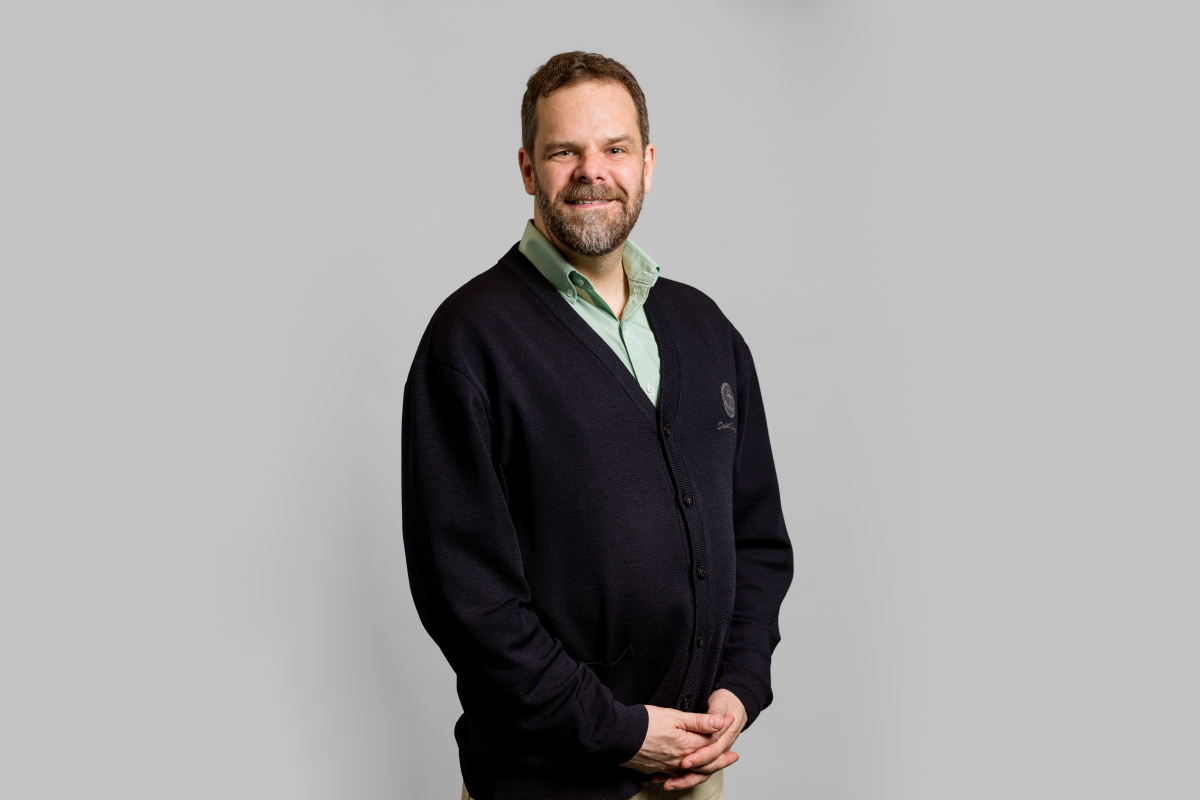
Professor Louis Dufresne is an expert in fluid dynamics, focusing on the application of CFD to the study of vortex and turbulent flows. His research activities at the TFT Lab focus primarily on the numerical simulation of aircraft wake vortex dynamics, planetary mixer flow dynamics and fuel injector flow dynamics. He employs simulation methods ranging from RANS to DNS, including finite volume techniques or spectral methods. Professor Dufresne has received funding from Natural Sciences and Engineering Research Council of Canada (NSERC) and the Fonds de recherche du Québec – Nature et technologie (FRQNT). In addition to conducting research, Professor Dufresne gives lectures on fluid dynamics and aerodynamics.
Professor François Garnier is an expert in aeronautics. He earned his PhD from the University of Paris VI in 1990, and received his Habilitation à diriger des recherches (diploma allowing to supervise research) in Mechanical Engineering (fluid mechanics and heat transfer) from the French Aerospace Research Center (ONERA) in 1999. In 2005, he assumed the position of Director of aero-propulsion activities at ONERA, acting as Relationship Manager for two companies within the SAFRAN group (Snecma and Turbomeca) and sitting on the Steering Committee for the ONERA-SAFRAN partnership. Professor Garnier also acted as a French representative to the International Society for Air Breathing Engines (ISABE), and was a member of the Thermal French Society. With more than 20 years of experience in all aspects of computational fluid dynamics applied to aero-propulsion activities, Professor Garnier has been involved in numerous large-scale projects related to the impact of aircraft engine emissions on the atmosphere, including some that were funded by the European Commission. His current research focuses primarily on understanding the effect of particles (contrails and aerosols) produced by aircraft engines on the environment. Finally, Professor Garnier is holder of the SAFRAN Industrial Research Chair on the Development of Sustainable Aero-Propulsion Systems.
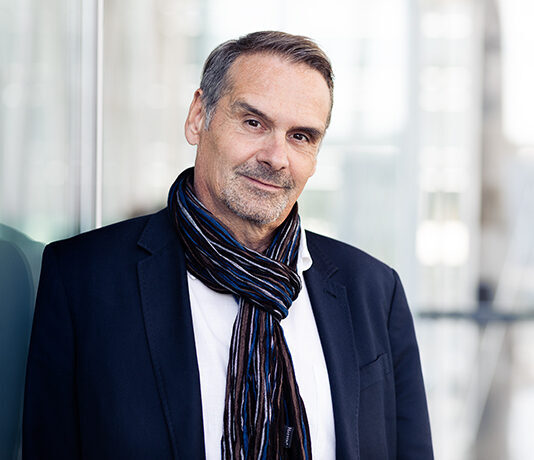
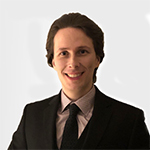
Professor Romain Lemaire has developed expertise in the characterization of the physical-chemical processes involved in the oxidation of practical fuels. After obtaining a Bachelor’s and a Master's degree in process engineering, followed by a PhD in chemistry, Professor Lemaire worked for over 7 years in France, where he coordinated different research programs funded by the European regional development fund, the national research agency and the national scientific research center. He received an Habilitation à diriger des recherches (diploma allowing to supervise research) in physical sciences, and then went on to join the Mechanical Engineering Department of ÉTS and the TFT laboratory, which he has managed since 2017. His research focuses on: 1) the study of the sooting propensity of engine fuels and oxygenated biofuels, 2) the development of laser-based diagnostics for the characterization of reactive media, and 3) the modeling of the pyrolysis and oxidation of solid fuels. These activities notably receive financial support from NSERC, Canada Foundation for Innovation (CFI) Leaders Fund and MITACS.
Professor François Morency joined ÉTS in 2004. He teaches courses on Applied Computational Fluid Dynamics (CFD), Thermodynamics and Aircraft Design to future engineers and to graduate and post-graduate students. His research activities focus on the application of CFD tools to problems related to the aviation industry. Professor Morency has studies aircraft icing simulations for more than 20 years, and he presents his research results at conferences organized by the American Institute of Aeronautics and Astronautics and the Canadian Aeronautics and Space Institute on a regular basis. He is a member of the Board of Directors for the CFD Society of Canada and an associate member of the Cardamom team at INRIA Bordeaux Sud-Ouest.
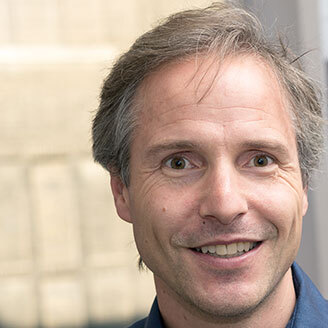
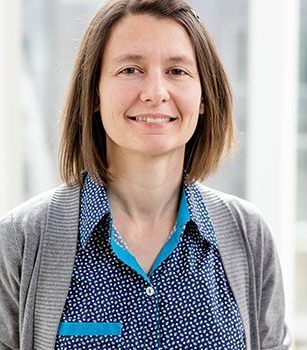
Professor Marlène Sanjosé is an expert in numerical simulation applied to fluid mechanics. Her research focuses primarily on the unsteady effects of complex and turbulent fluid flows using time resolved solvers for the purpose of developing engineering solutions to improve the efficiency and stability of systems. Using massive data collected from high-fidelity simulations, her research focuses on the development and validation of reduced order models using modal decomposition and machine learning techniques. This research contributes to the improvement of design tools for turbomachinery (ventilation, propulsion, power generation), including data-driven models that take into account complex aerodynamic and aeroacoustic effects. Professor Sanjosé’s research is funded by NSERC.
Professor Patrice Seers is a combustion specialist. His experimental and numerical research focuses on analyzing the formation and combustion of biofuel sprays. The experimental work that Professor Patrice Seers conducts at the TFT Laboratory allows for assessment of the performance and pollutant emissions of internal combustion engines. He also studies fuel spray characterization under evaporating and non-evaporating conditions using a pressurized chamber equipped with optical ports. His numerical research on the same topics is conducted at the TFT-Simulation Laboratory, where the computer cluster and dedicated workstations facilitate model development and validation. Professor Seers receives financing through NSERC programs and from other funding agencies.
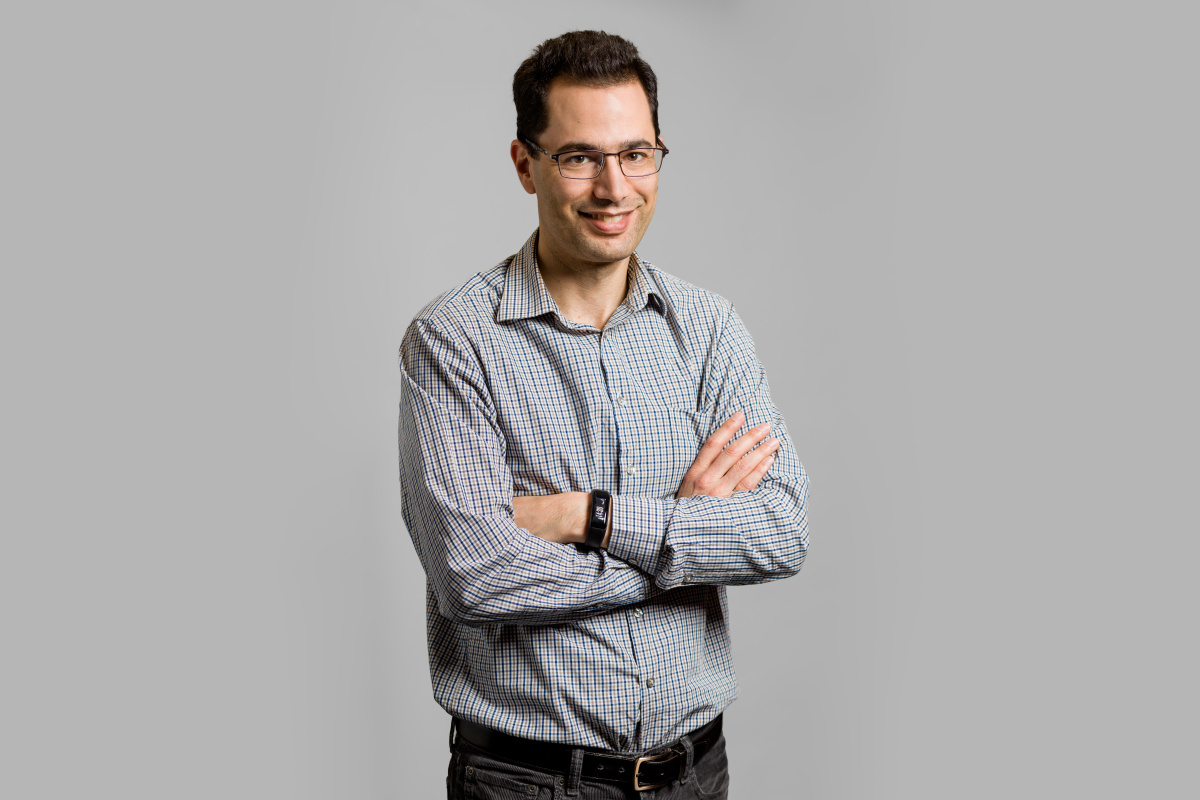
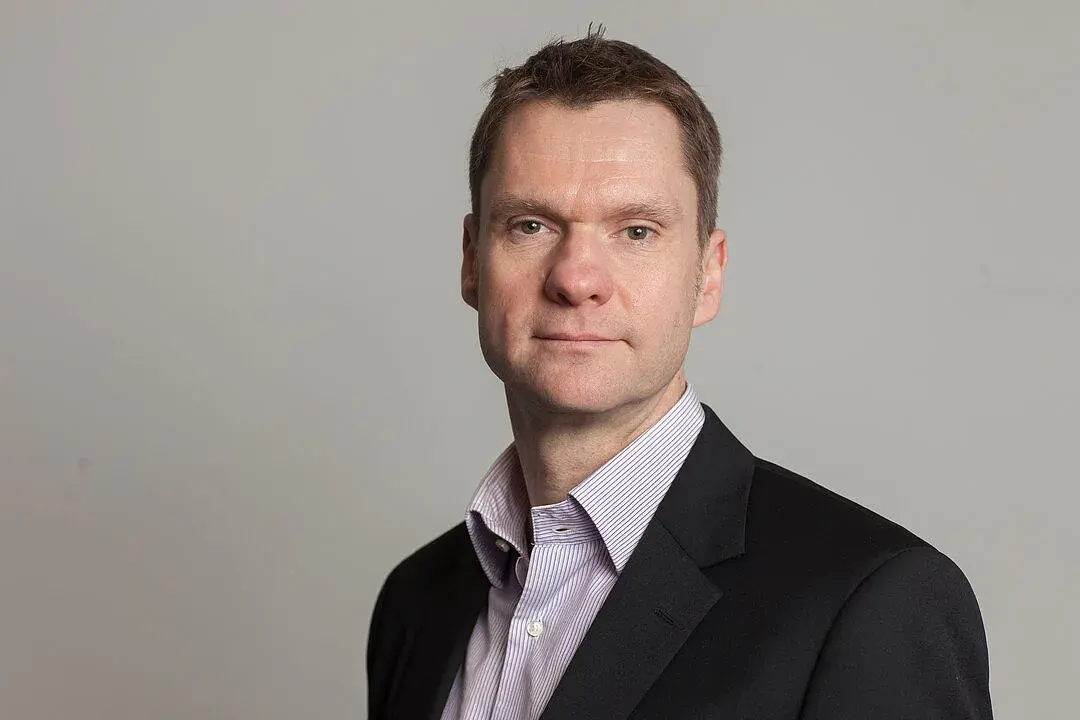
Professor Julien Weiss is an expert in experimental fluid mechanics and aerodynamics. His research interest lies in complex flows in aerospace applications, and especially boundary layer separation and turbulence. His other research topics include the development of novel instrumentation for thermal and fluidic applications and the improvement of aerodynamic wind tunnel test techniques. Before joining ÉTS, he spent a number of years working at Bombardier Aerospace, Alstom Power, Duke University and the NASA Langley Research Center. Professor Weiss joined the Technische Universität of Berlin in 2018, but he remains an Adjunct Professor in the Mechanical Engineering Department at ÉTS and a member of the TFT Lab.
TFT-Engine Laboratory (A-0681-1)
The TFT direct-injection (DI) engine laboratory is equipped with a spark-ignition engine which is fully instrumented and associated with a programmable controller which allows modifying injection and spark timings at will. This flexibility is used to optimize engine control parameters and to evaluate multiple injection strategies in the context of biofuel combustion. The engine is coupled with an AVL dynamometer and exhaust pollutant emissions are characterized using gas analyzers (CO, NOx, HC, CO2, O2) and a scanning mobility particle sizer (SMPS).
TFT-Combustion Laboratory (A-1241)
The TFT combustion laboratory was created to allow the analysis of the physical-chemical mechanisms involved in the oxidation of industrial fuels, including biomass-derived energy carriers. The research led in this laboratory notably focuses on the characterization of the combustion behavior and sooting propensity of engine fuels and oxygenated biofuels. To this end, an automated smoke point lamp is used together with an original test bench based on the use of a hybrid flat flame burner allowing to assess the Fuel Equivalent Sooting Index (FESI) of tested hydrocarbons. The laboratory also includes a combustion chamber with built-in optical ports, which is equipped with a 100-kW Swirl burner. Different measurement techniques are, moreover, commonly implemented, namely, two-color pyrometry, laser-induced incandescence and fluorescence (LII/LIF), particle image velocimetry (PIV), Fourier-transform infrared spectroscopy (FTIR) and scanning mobility particle sizing (SMPS). In addition, a hybrid flat flame reactor has also been developed to study the pyrolysis processes of solid fuels with high heating rates (>105 K/s).
TFT-Aero CL Laboratory (A-2200)
The TFT-aero laboratory is equipped with a subsonic, blowdown wind tunnel that is specifically designed for fundamental research into low-speed separating and reattaching turbulent flows. This setup makes it possible to develop a zero-pressure-gradient turbulent boundary layer that is subjected to adverse and favorable pressure gradient zones further downstream, leading to the formation of a closed turbulent separation bubble. The Reynolds number, which is based on the momentum thickness of the incoming boundary layer just upstream of separation, is approximately 3000. The size of the separation bubble that forms on the test surface can be modified by means of an adjustable floor-mounted wall opposite to it. The test surface and side walls of the wind tunnel are made of transparent polycarbonate in order to enable the implementation of optical measurement techniques (e.g., particle image velocimetry (PIV)). In addition, measuring probes can be inserted into the flow in nearly any location by means of detachable plugs that can be flush mounted on the test surface.
TFT-Spray Laboratory (A-2248)
The TFT spray laboratory is dedicated to the analysis of the formation and evaporation of fuel jets. Studies conducted therein notably use Schlieren and shadowgraphy techniques to characterize the liquid and gaseous phases of atomizing fuels within a pressurized vessel with optical ports. The laboratory also includes a combustion bomb for the determination of the laminar flame speed of fuel vapors and/or gaseous fuels. Finally, a real-time PIV system allows studying the interaction of fuel sprays with surrounding air flow structures.
TFT-Simulation Laboratory (A-2374)
The simulation lab is equipped with different workstations allowing to perform numerical studies of fluid dynamics and address combustion problems using various CFD calculation codes (e.g., STAR-CCM+, OpenFOAM, etc.). The supercomputers from Calcul Québec can, moreover, be used.
Examples of ongoing research projects
Energy is a vital input for production and economic growth. The development of renewable energy carriers has thus become a key component of the strategies adopted worldwide to tackle ever-growing energy needs while meeting overarching greenhouse gas and pollutant emission reduction goals. Although the share taken up by bioenergy in Canada’s total energy supply is growing, major progress is required to deploy bioenergy from biomass conversion. Pyrolysis is currently one of the most efficient and environmentally attractive routes for producing biofuels to replace fossil fuels in boilers and engines (Wang et al., J. Anal. Appl. Pyrolysis 2022). Fundamental challenges must, however, be addressed to elucidate the physicochemical mechanisms at play during biomass pyrolysis while assessing the composition and ensuing combustion of bio-oils.
Within this context, Professor Lemaire recently initiated research activities aimed at exploring novel production routes (including catalytic ones) of biofuels through biomass pyrolysis (Wang et al., Molecules, 2022; Wang et al., Catalysts 2022). Various biomass resources issued from the Canadian forestry and agriculture industries are thermally treated with various catalysts. Pyrolysis kinetics are modeled using different approaches (model-fitting, isoconversional, global-kinetic scheme, network models) and the oxidation properties of the ensuing bio-oils are characterized using various facilities available at the TFT combustion laboratory.

For over ten years, Professors Lemaire and Seers have jointly been working on the analysis of the physical-chemical processes at play during soot formation. Such particulate pollutants originating from the incomplete combustion of hydrocarbons in combustion processes are increasingly being subjected to stringent regulations due to their harmful impacts on the climate and human health. In a bid to characterize the sooting propensity of engine and jet fuels, Professors Lemaire and Seers developed a sooting index (the Fuel Equivalent Sooting Index (FESI)), which is especially suited to the analysis of oxygenated biofuels (Lemaire et al., Comb. Flame, 2015). The FESI was then coupled with different physical properties (including the fuel heating value and the heat of vaporization) to propose a particulate matter index allowing to properly account for emissions issued from a spark-ignition engine fueled with mixtures composed of gasoline and oxygenated molecules (alcohol, ester, aldehyde, ketone) (Lemaire et al., Fuel 2019). This research is in progress, and recently led to the development of a predictive thermodynamic model allowing to study the impact of exhaust gas recirculation and fuel composition on the performance and emissions (including soot) of Diesel engines (Billerot et al., Int. J. Engine Res., 2022).
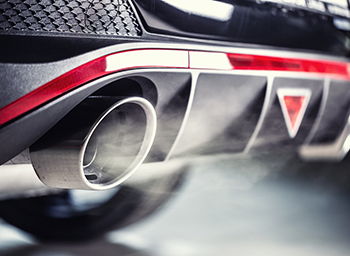
Professor Morency’s research focuses on the numerical simulation of aircraft icing and de-icing processes. In aeronautics, icing conditions appear on the ground following precipitation (ice, frost or snow), which may cause aerial accidents, depending on their form. De-icing and anti-icing are among the decontamination processes commonly used to prevent such events. This entails removing the frozen contaminant from an aircraft by means of a de-icing fluid. From this perspective, the objective of the numerical simulations conducted at the TFT Laboratory is to assess critical parameters, including the thickness of the de-icing fluid film required to improve the efficiency of the process. In addition, ice may be deposited on the surface of an in-flight aircraft if it encounters icing weather conditions. Ice debris that is dislodged by activating de-icing systems can then form dangerous projectiles, and predicting their trajectory is of paramount importance. The goal of the research projects led by Professor Morency and his team is to predict debris trajectories in order to avoid positioning critical aircraft components, such as engines, in areas where the debris passes.
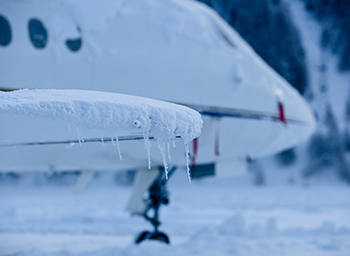
As part of a collaboration with Professors Dufresne and Lemaire, along with colleagues from the Mechanical Engineering Department at ÉTS (Professors Brailovski and Terriault, who are experts in materials), Professor Seers launched a research project that focuses on the development of innovative metal- and ceramic-based porous burner using advanced 3D printing technology (Samoilenko et al., Appl. Therm. Eng. 2019). In addition to manufacturing a variety of Cobalt-Chrome media using a diamond lattice structure and characterizing them experimentally, this research also includes a CFD component aimed at modeling the flow behavior and combustion features within this type of isotropic and homogeneous porous media at the pore scale. This ongoing project has demonstrated that using a lattice structure results in a more homogeneous energy release with fewer spatial temperature variations in the porous medium, which has the benefit of decreasing thermal constraints associated with temperature gradients that induce breakage in random structure burners (Billerot et al., Energy 2020). In addition, the TFT Laboratory is currently studying the design of tailored porous media for the production of hydrogen-containing syngas from methane-rich combustion (Roussel et al., Int. J. Hydrog. Energy 2022).
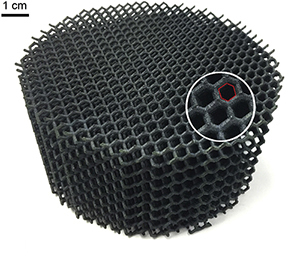
Contact us
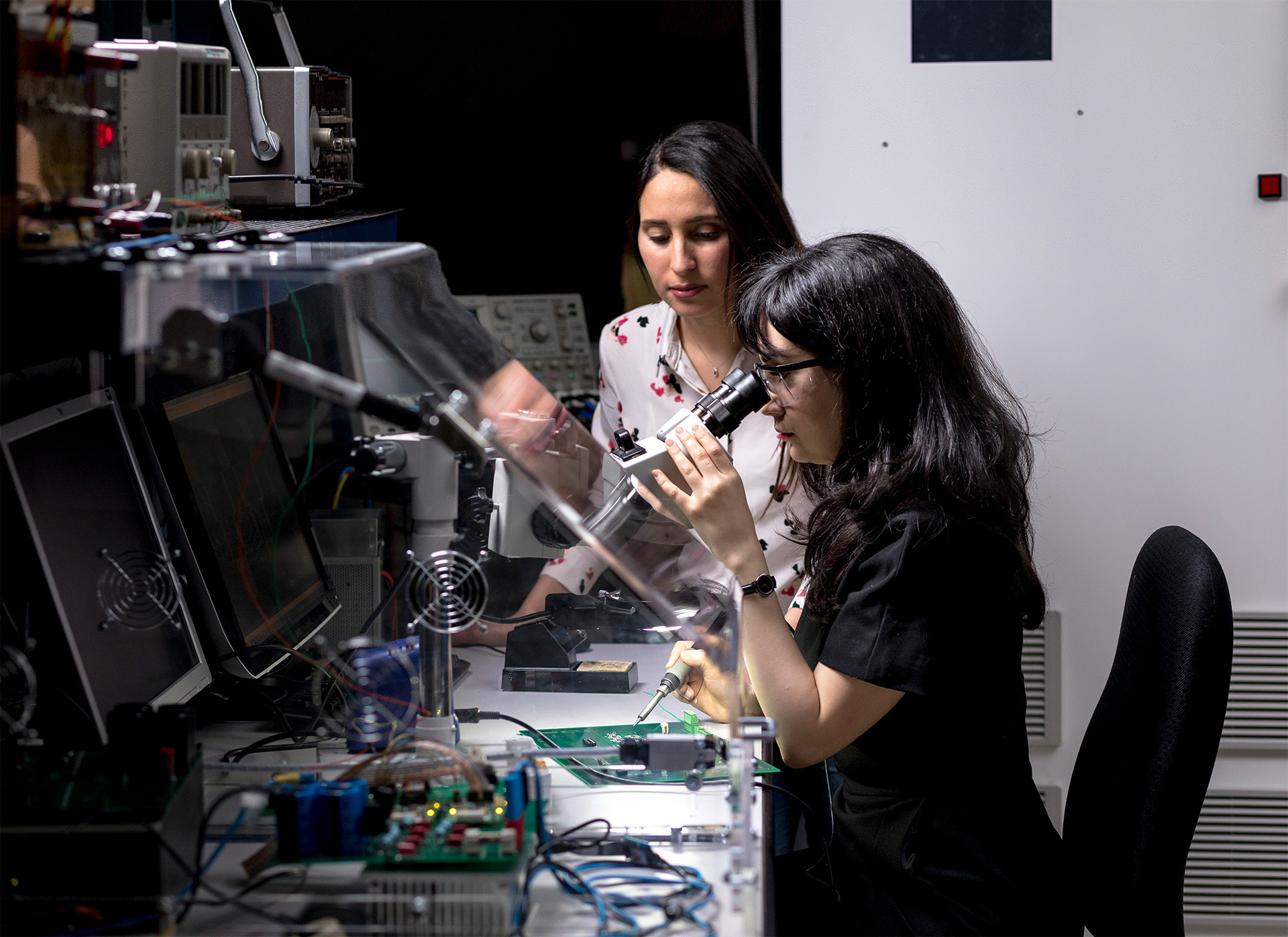
Research at ÉTS
ÉTS provides an ideal environment for conceiving and creating the ideas that will shape the world of the future.

